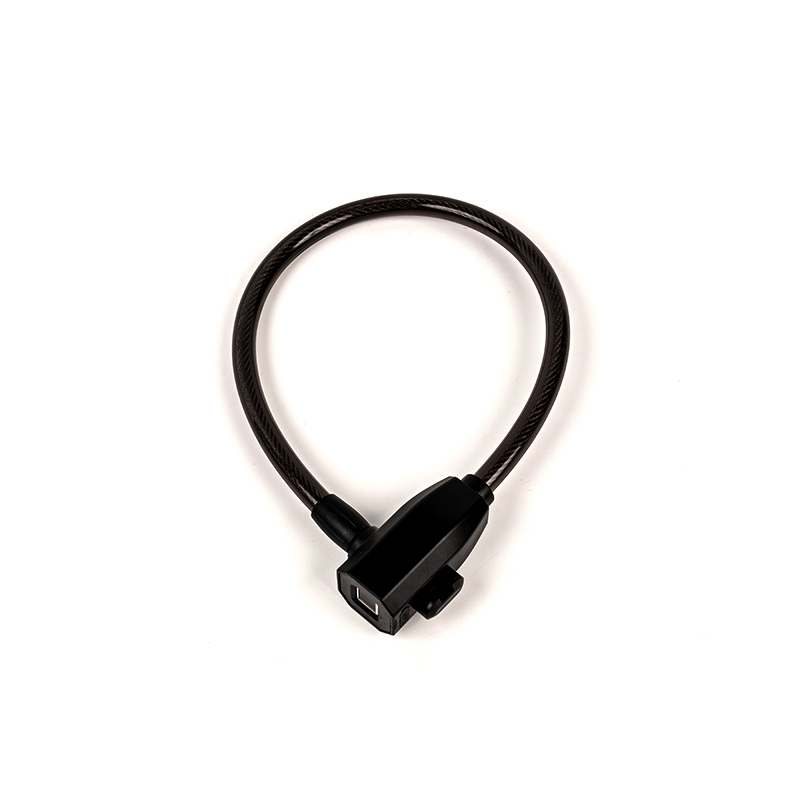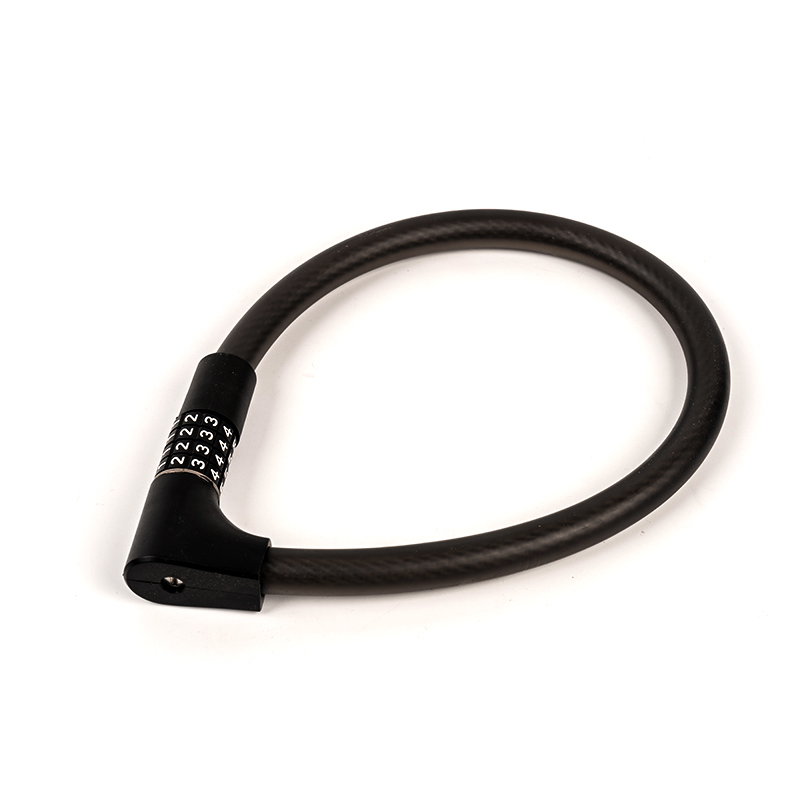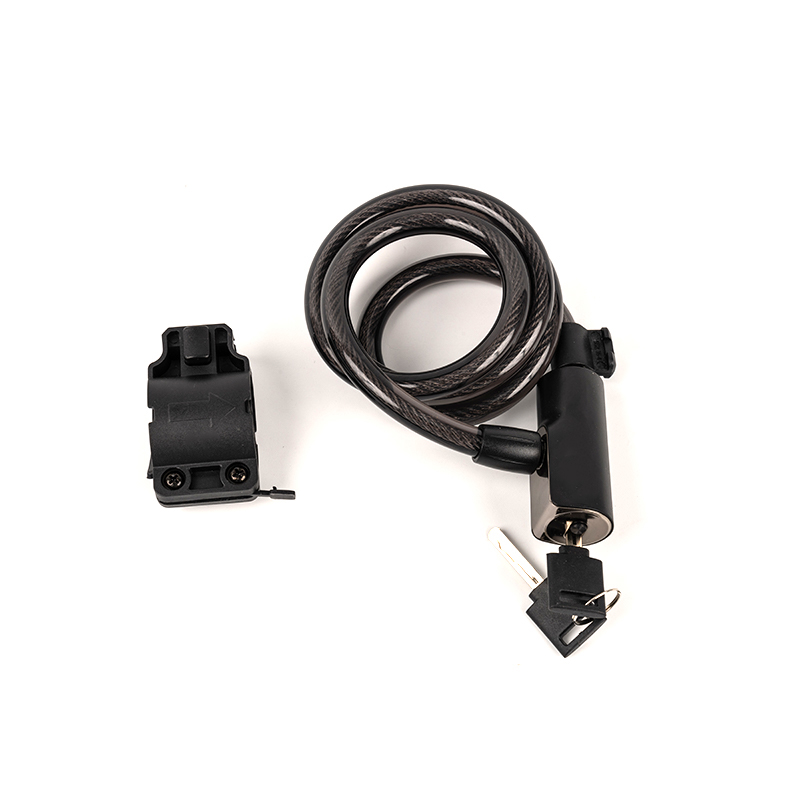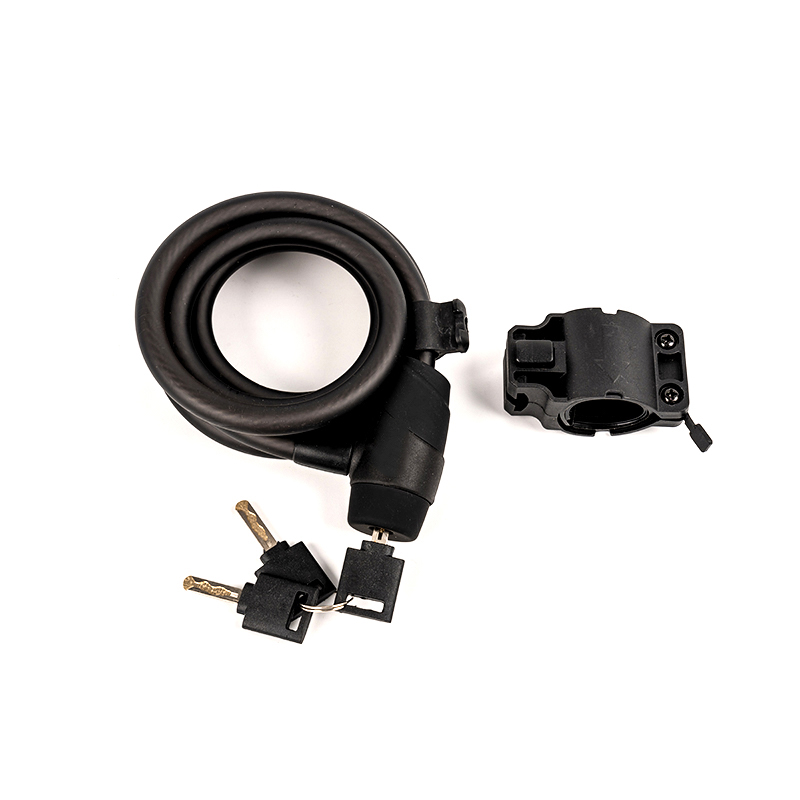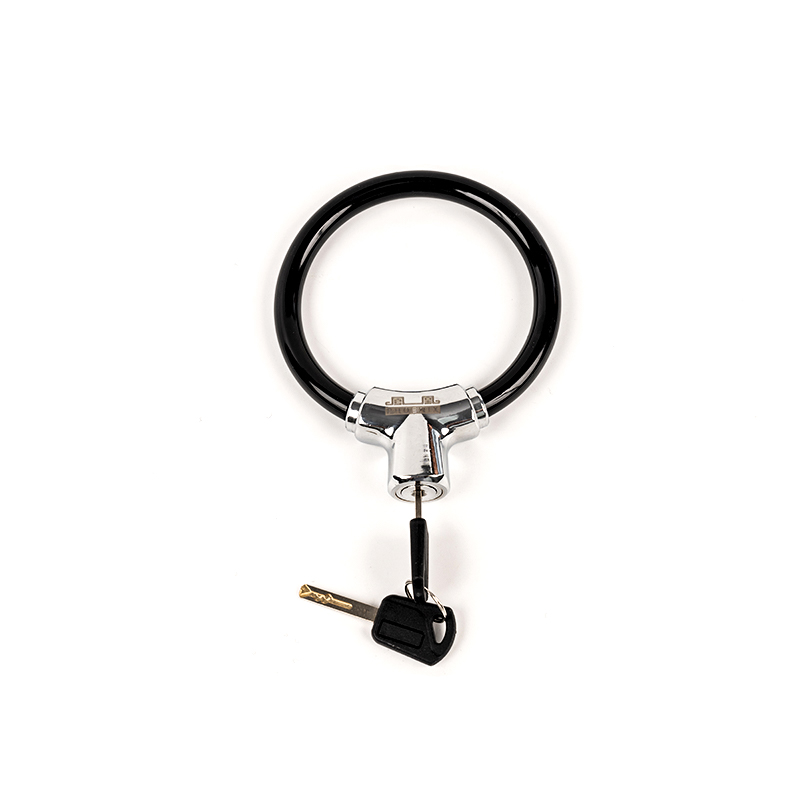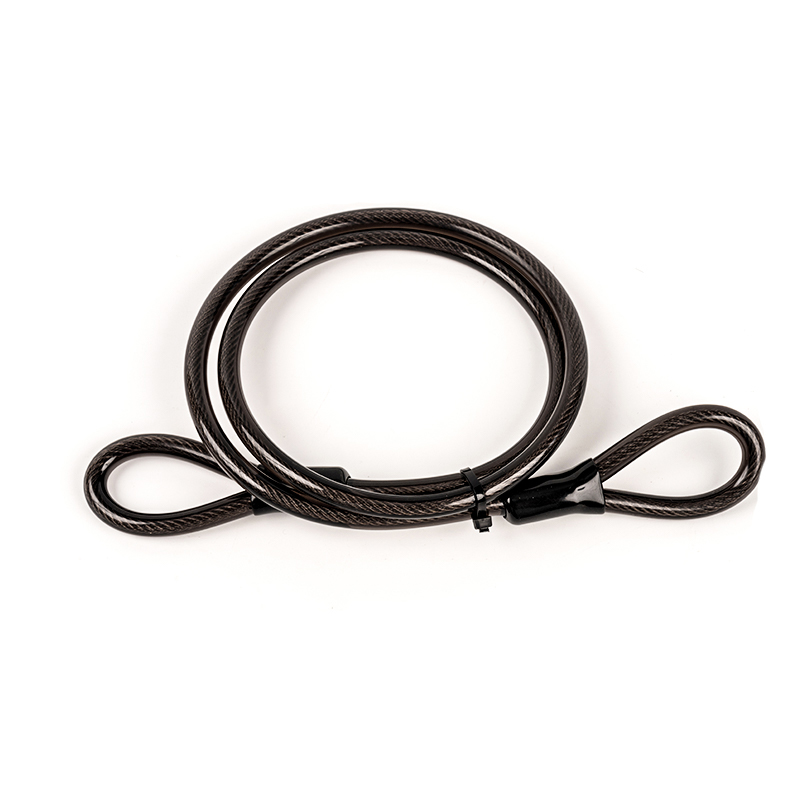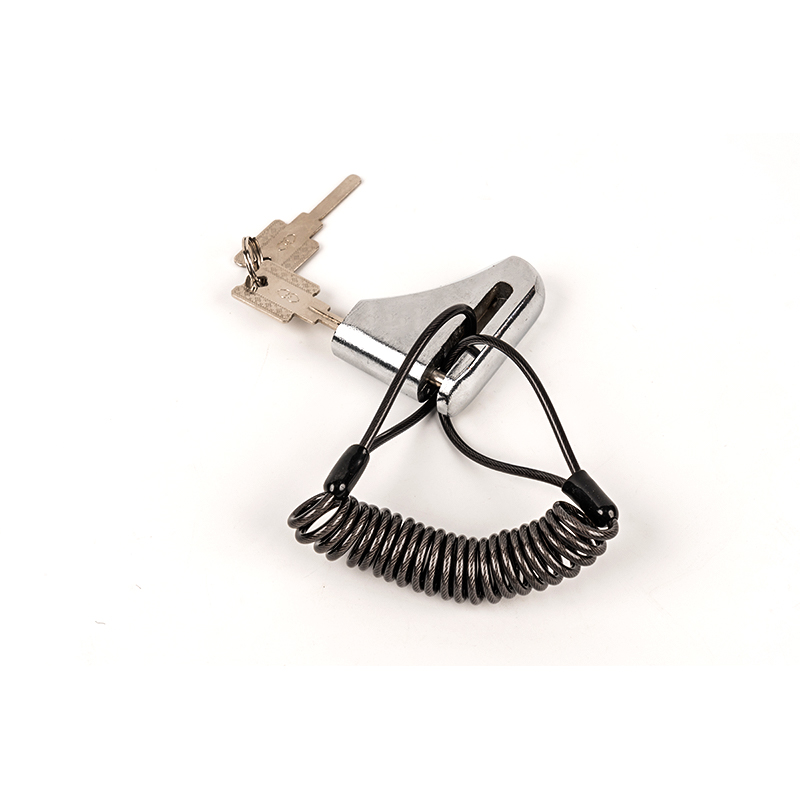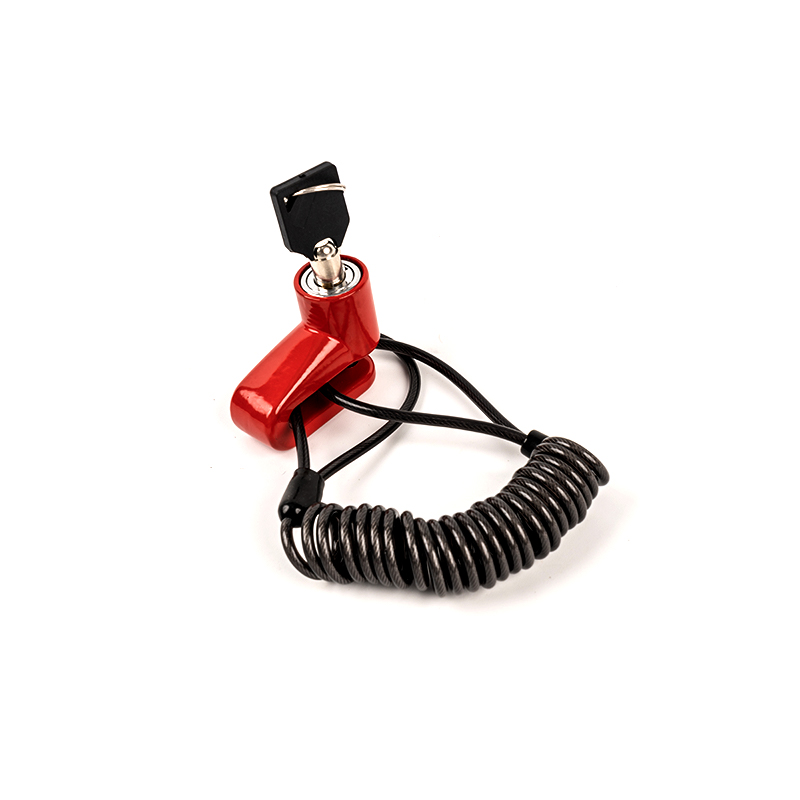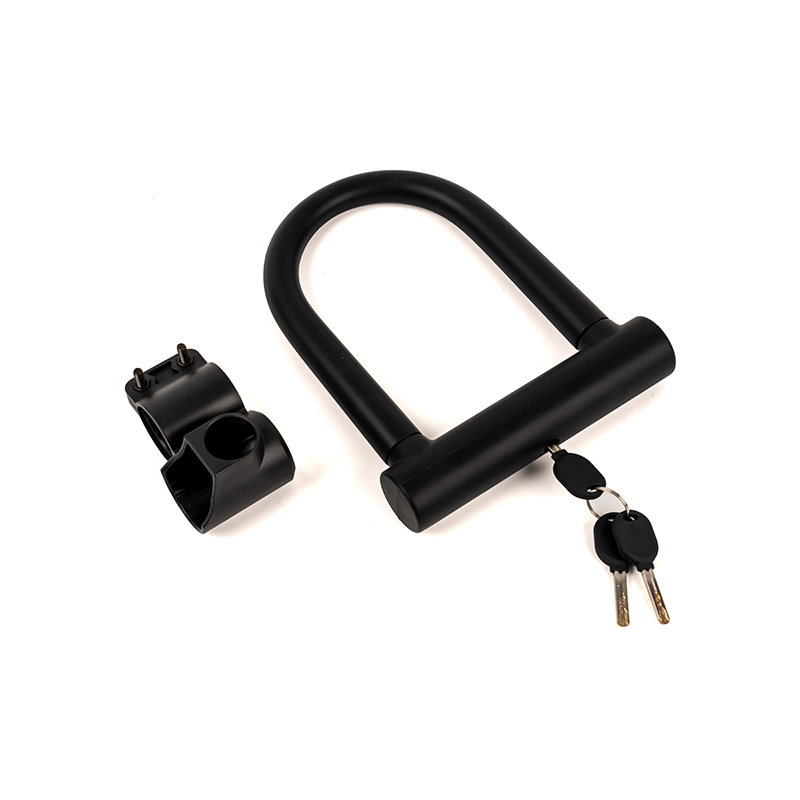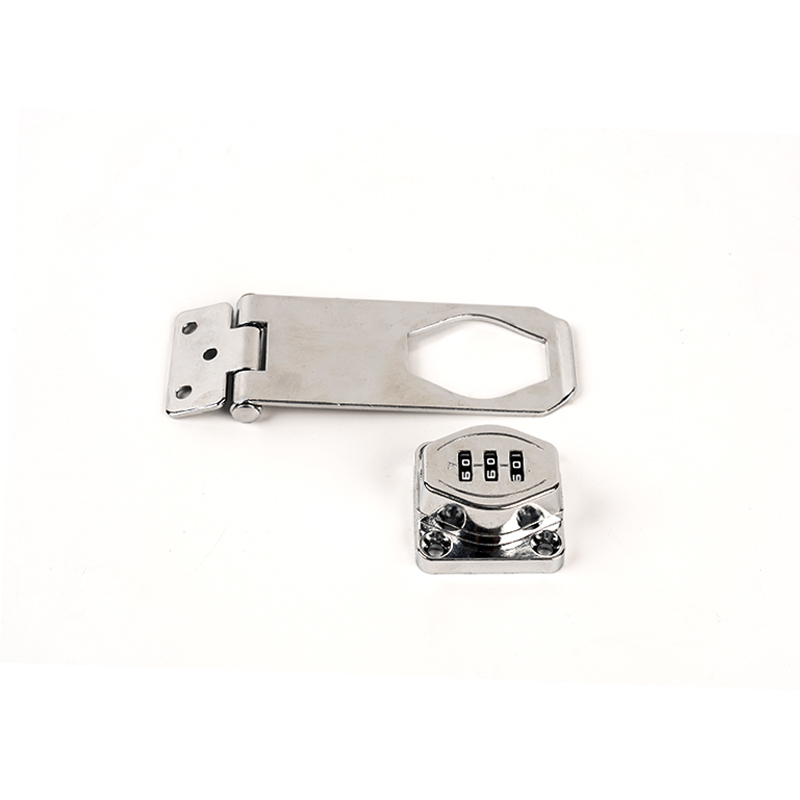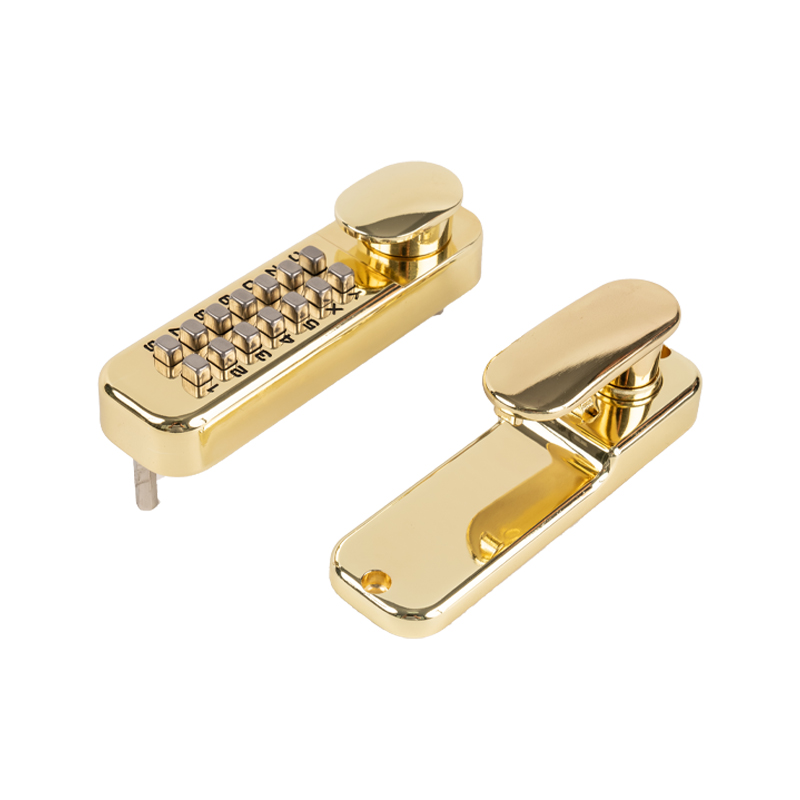1. Mechanical Locks (Key Locks) – Typical Issues
| Typical Symptom | Possible Cause | Suggested Remedy |
| Lock cylinder does not turn / feels stuck | Rust, dust, debris buildup, or wear of the cylinder | Soak the key in diesel, kerosene, or a dedicated lubricant and gently turn; if needed, apply graphite powder or candle wax for lubrication |
| Key inserts or withdraws awkwardly | Foreign objects in the keyhole, insufficient lubrication, worn key | Sprinkle graphite powder or candle wax into the keyhole; avoid using motor oil |
| Pins (bolts) do not lift | Excessive tolerance, rust, loose screws | Lightly tap the lock body or apply a fuel‑based vibration, then try again; check and tighten any loose screws |
| Key breaks inside the lock | Excessive force on the cylinder or a brittle key | Use a specialized key‑extraction tool according to the break location, or call a professional locksmith |
| Door cannot close or is misaligned | Loose screws, warped door frame, worn hinges | Inspect and tighten screws, adjust hinges, or replace damaged components |
2. Electromagnetic / Electronic Locks (Smart Locks, Fingerprint Locks, Code Locks) – Typical Issues
| Typical Symptom | Possible Cause | Suggested Remedy |
| Insufficient battery power causing lock failure | Battery aging, long periods without replacement | Replace with fresh batteries promptly; use the emergency power port for temporary power if needed |
| Fingerprint sensor is unresponsive or inaccurate | Sensor dirty, incomplete fingerprint enrollment, module failure | Clean the sensor, re‑enroll fingerprints; if the problem persists, contact the manufacturer’s service |
| Code or card does not respond | Wrong code, damaged magnetic card, software glitch | Verify the code, reset if necessary; replace the card or reboot the lock |
| Lock shows no response at all (no movement, no sound) | Power short circuit, mainboard failure, mechanical jam inside | Replace the battery or use emergency power; if still non‑functional, professional repair is required |
| Lock unlocks automatically or gives false alarms | Faulty sensor, shorted wiring, false trigger from external tampering detection | Check that the lock panel screws are tight; perform a reset or replace the sensor if needed |
3. Door Handles, Latches, and Related Hardware – Typical Issues
| Typical Symptom | Possible Cause | Suggested Remedy |
| Handle feels loose or wobbly | Loose screws, worn internal clips | Tighten handle screws or replace the handle assembly |
| Latch does not spring back | Spring failure, debris blockage, warped door frame | Clean the latch, inspect/replace the spring, or replace the latch component |
| Lock jams, cannot be engaged | Loose screws, misalignment between door and lock, internal jam | Adjust door alignment, tighten all screws, replace the lock body if necessary |
4. Composite Failures (Multiple Factors)
- Door and lock mismatch: Warped door frame or worn hinges cause the door to tilt, preventing the latch from fully entering the strike plate.
- Environmental factors: High humidity or low temperatures can cause rust and jamming; long‑term dust accumulation worsens sticking.
- Lack of maintenance: Absence of regular cleaning, lubrication, and screw checks is the root cause of many failures.
5. Prevention & Maintenance Recommendations
- Regular cleaning – Every six months, use a soft brush or compressed air to clear dust from the lock cylinder.
- Appropriate lubrication – Apply graphite powder or a lock‑specific lubricant (avoid oil‑based products like WD‑40).
- Screw inspection – Keep screws on handles, lock bodies, and hinges tight to prevent misalignment.
- Battery replacement – For smart locks, check battery voltage annually; replace when it drops below 20 %.
- Prompt professional repair – When encountering jamming, broken keys, or electronic malfunctions, engage a qualified locksmith to avoid secondary damage.
Content
- 1 1. Mechanical Locks (Key Locks) – Typical Issues
- 2 2. Electromagnetic / Electronic Locks (Smart Locks, Fingerprint Locks, Code Locks) – Typical Issues
- 3 3. Door Handles, Latches, and Related Hardware – Typical Issues
- 4 4. Composite Failures (Multiple Factors)
- 5 5. Prevention & Maintenance Recommendations

 English
English русский
русский Español
Español عربى
عربى
